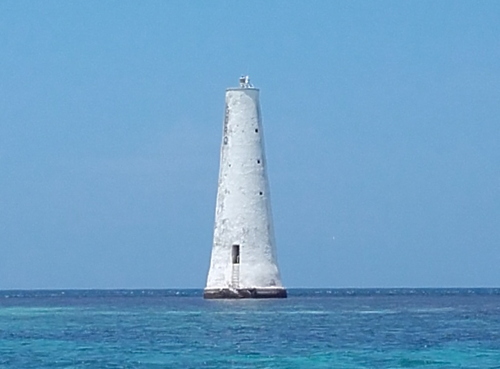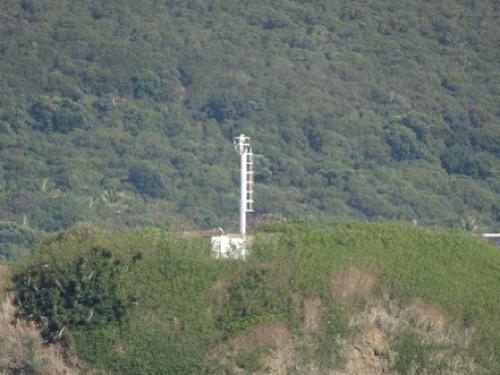One of the largest of the South Pacific countries, New Caledonia is an island chain located roughly 1600 km (1000 mi) east northeast of Australia. It was named in 1774 by the British explorer Capt. James Cook, but it has been a French territory since 1853. Currently it has the status of an autonomous commonwealth having a special relationship with France. The status of the country has been controversial for decades. The indigenous Kanak people have pushed for independence, but residents rejected full independence in referenda held in 1987, in November 2018, and in October 2020. French authorities and pro-independence leaders signed an agreement in July 2025 providing for creation of the State of New Caledonia (État de Nouvelle-Calédonie), an associated state expected to have most of the powers of an independent state but remaining within the French nation. Residents would have both New Caledonian and French nationality.
During World War II New Caledonia served as a base for Allied operations against Japanese forces in the southwest Pacific.
The country consists of one large island, called Grande Terre, and many smaller islands, including the Île des Pins to the southeast and the Îles Loyauté to the northeast. Grande Terre is oriented northwest to southeast, with the capital Nouméa on the west side near the southeastern end. The population of New Caledonia is about 275,000; roughly two thirds live in the metropolitan area of Nouméa.
For lighthouse fans, New Caledonia boasts one of the world's tallest cast iron towers, the Phare Amédée shown at right. There are also a number of smaller lighthouses; they are much less well known.
French is the official language of the country and more than three dozen indigenous languages are recognized. The French word for a lighthouse, phare, is often reserved for the larger coastal lighthouses; a smaller light or harbor light is called a feu (literally "fire," but here meaning "light") or a balise (beacon). The front light of a range (alignement) is the feu antérieur and the rear light is the feu postérieur. In French île is an island, cap is a cape, pointe is a promontory or point of land, roche is a rock, récife is a reef, baie is a bay, estuaire is an estuary or inlet, détroit is a strait, rivière is a river, and havre is a harbor.
The lighthouses of New Caledonia are managed by the Service des Phares et Balises, an office of DITTT, the ministry of infrastructure and transportation.
Special thanks to Heather Craven for her report and photos taken on a trip to view New Caledonian lighthouses in September 2023.
ARLHS numbers are from the ARLHS World List of Lights. Admiralty numbers are from volume K of the Admiralty List of Lights & Fog Signals. U.S. NGA List numbers are from Publication 111.
- General Sources
- Online List of Lights - New Caledonia
- Photos by various photographers posted by Alexander Trabas. Most of the New Caledonia photos are by Rainer Arndt and Jim Smith.
- Lighthouses in New Caledonia
- Photos by various photographers available from Wikimedia.
- World of Lighthouses - New Caledonia
- Photos by various photographers available from Lightphotos.net.
- Leuchttürme Australiens , Neuseelands und Ozeaniens auf historischen Postkarten
- Historic postcard images posted by Klaus Huelse.
- GPSNautical Charts
- Navigational chart for New Caledonia.
- Google Maps
- Satellite view of New Caledonia.

Phare Amédée, Le Mont-Dore, March 2025
Instagram photo
by Aircalin







